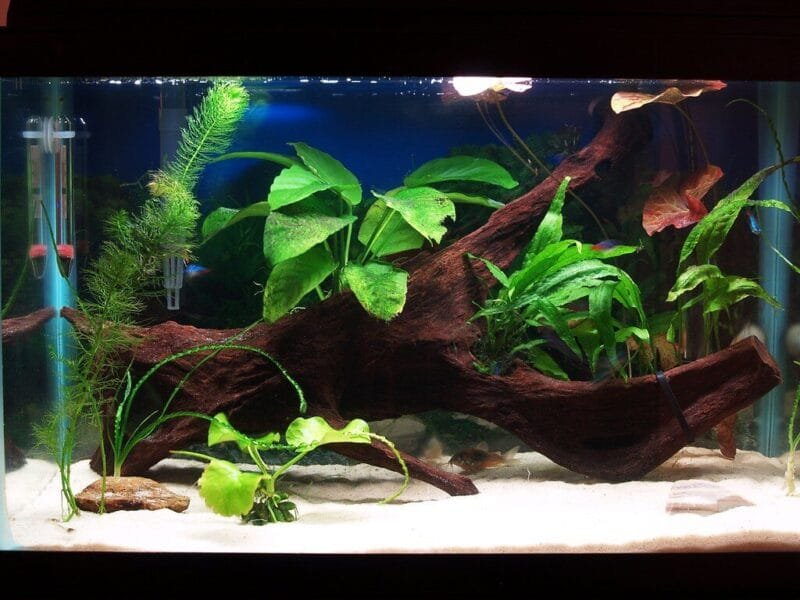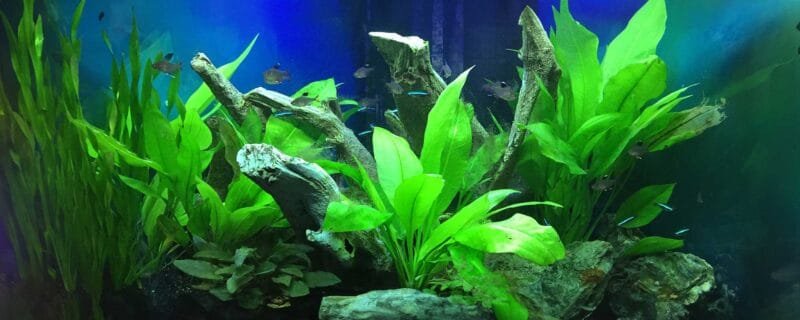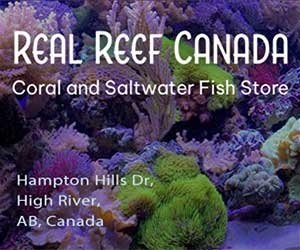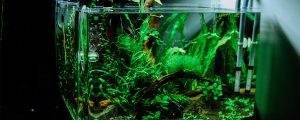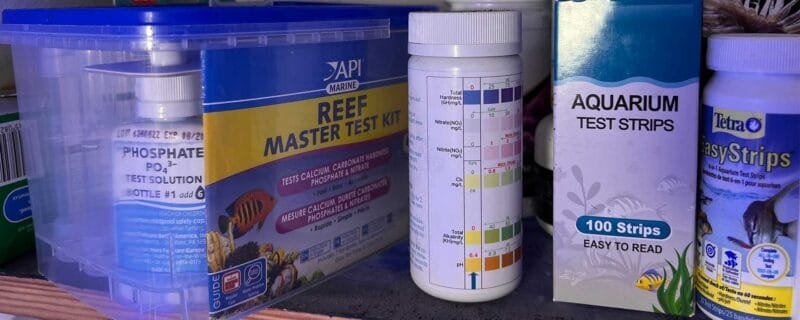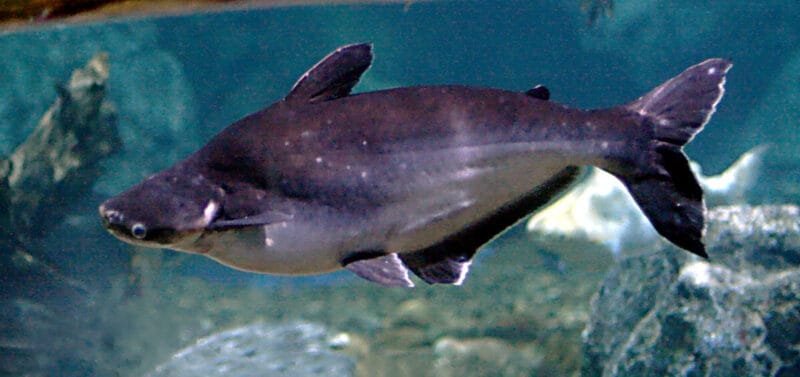Introduction
Setting up an aquarium is an exciting endeavor, but it’s also a project that requires careful planning and consideration. To ensure your aquatic world thrives, we’ve created a comprehensive checklist that covers all the essentials. Whether you’re diving into the world of tropical fish or marine fish, this blog post will guide you through the crucial steps to create a thriving aquarium setup. Let’s get started with your “Aquarium Setup Step by Step”!
Why Is an Aquarium Setup Checklist Important?
An aquarium setup checklist is vital because it:
- Ensures Preparedness: A well-organized checklist helps you gather all the necessary equipment and supplies in advance, preventing last-minute rush and stress.
- Supports the Ecosystem: Proper setup is crucial for creating a stable and healthy aquatic environment, which directly impacts the well-being of your fish and other inhabitants.
- Prevents Mistakes: It minimizes the risk of missing essential items or overlooking crucial steps that could lead to issues down the line.
Factors to Consider in Your Aquarium Setup
Before you begin setting up your aquarium, consider the following factors:
- Tank Size: Choose a tank size suitable for the type and number of fish you plan to keep. Larger tanks provide more stability.
- Fish Species: Research the specific requirements of the fish you intend to keep, including water parameters, temperature, and compatibility.
- Aquascape: Plan the design and layout of your aquarium, including the placement of plants, rocks, and decorations.
- Filtration: Select the appropriate filter system, considering the bioload and needs of your fish.
- Heating and Lighting: Ensure you have the right heating and lighting equipment for your chosen fish and plants.
Essential Equipment for Your Aquarium Setup
Now, let’s dive into the checklist itself, which covers all the essential equipment and supplies you’ll need for your aquarium setup:
Tank and Stand:
- Aquarium tank
- Aquarium stand (for stability and aesthetics)
- Tank lid or cover
Filtration:
- Appropriate filter (hang-on-back, canister, internal, or sump, based on your setup)
- Filter media (mechanical, biological, and chemical, as needed)
- Filter tubing and hoses
- Sponges or pre-filters
Substrate:
- Gravel, sand, or specialized plant substrate
Decorations and Aquascape:
- Rocks, driftwood, or other hardscape elements
- Plants (live or artificial)
- Aquarium-safe glue or anchors (for securing decorations)
Heating:
- Aquarium heater (with a heater guard, if necessary)
Lighting:
- Suitable lighting system (fluorescent, LED, or metal halide, depending on your plants and setup)
Water Quality and Testing:
- Water conditioner
- Test kits for pH, ammonia, nitrite, nitrate, and other parameters
- Thermometer
Maintenance and Accessories:
- Aquarium vacuum and gravel cleaner
- Fish nets
- Algae scraper or magnet cleaner
- Timer for lighting control
Aeration and Oxygenation:
- Air pump
- Air stones or diffusers
Submersible Equipment:
- Submersible water pump (for circulation or additional filtration)
- Submersible thermometer (for accurate temperature reading)
Marine Aquarium Additions:
- Protein skimmer (for saltwater setups)
- Hydrometer or refractometer (for measuring salinity)
- Marine-specific test kits (calcium, alkalinity, etc.)
Fish and Plant Supplies:
- Fish food
- Live or artificial plants
- Fish-friendly decorations
- Suitable hiding places or caves (if needed)
Aquarium Setup Step by Step
Now that you have your checklist in hand, here’s a step-by-step guide to setting up your aquarium:
- Place your tank on the stand in a location that receives suitable lighting and is away from direct sunlight.
- Add the substrate and arrange your hardscape elements according to your aquascape plan.
- Install the filter system and heating equipment, positioning them correctly within the tank.
- Fill the tank with water, using a plate or other objects to prevent disturbing the substrate.
- Add water conditioner to make tap water safe for your fish.
- Install the lighting system and set it on a timer for your desired photoperiod.
- Allow the tank to run for at least 24 hours to ensure all equipment is functioning properly.
- Test the water parameters to confirm they are within the required range for your fish and plants.
- Once your water quality is stable, introduce your fish and acclimate them to their new environment.
- Begin your routine aquarium maintenance, including water changes and filter maintenance.
Conclusion
In conclusion, creating a successful aquarium setup requires careful planning and attention to detail. With the comprehensive checklist and step-by-step guide provided in this blog post, you’ll be well-prepared to create a thriving aquatic environment, whether you’re keeping tropical or marine fish. Happy fishkeeping!

